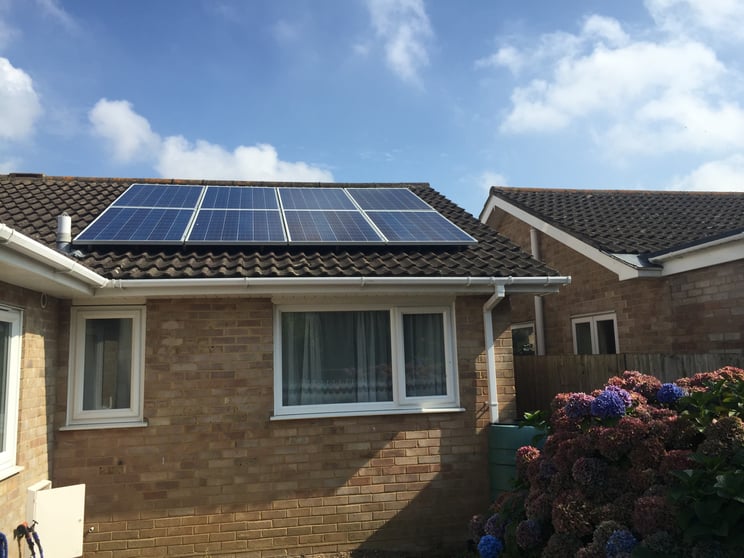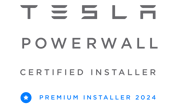Since April 2010, more than 800,000 solar PV installations have benefitted from the hugely successful Feed-in-Tariff scheme.
The scheme was originally expected to be open until March 2021. However it is now closing to new entrants at the end of March 2019, due both to government cuts and the reduced costs of solar panels. The subsidies paid to existing members of the scheme will not be impacted by the closure.
If you haven't already installed solar PV you have nine months to claim your share of the pot...
Subsidy Value
Small scale 0-10kWp
For 0-10kWp systems, the Feed-in Tariff scheme currently pays a subsidy of 4.01p per kWh generated by the system. In addition the system owner can earn a ‘deemed export’ subsidy of 5.03p per kWh in respect of 50% of the generation, regardless of whether or not the system exports any electricity
Effectively therefore, small scale solar PV is subsidised to the tune of 6.52p per kWh generated by the system The subsidy generally represents about 40% of the overall return from installing a system. And it's non-taxable, linked to RPI.
10-50kWp
For commercial systems sized at 10-50kWp, the subsidy per kWh is actually higher – 4.25p / kWh generated. Export payments are based on 'deemed 50% export' for systems sized below 30kWp, and based on actual metered export for systems sized above 30kWp. The subsidy typically represents around 30% of the overall return.
A few statistics...
Of course solar PV isn't the only technology which has benefited from the Feed-in Tariff subsidy.
Wind, anaerobic digestion, hydro and micro-CHP are also part of the scheme. As at 31st December 2017, a total of 6,000 MW of capacity had been installed across all technologies (that's 2 x the 'nameplate' capacity of Hinckley C). Of this, 80% was Solar PV:

And just under 50% of capacity has been installed in domestic properties:

If you're not in these statistics, then to ensure you're taking out of the tariff pot rather than paying into it, now is the time to act!









